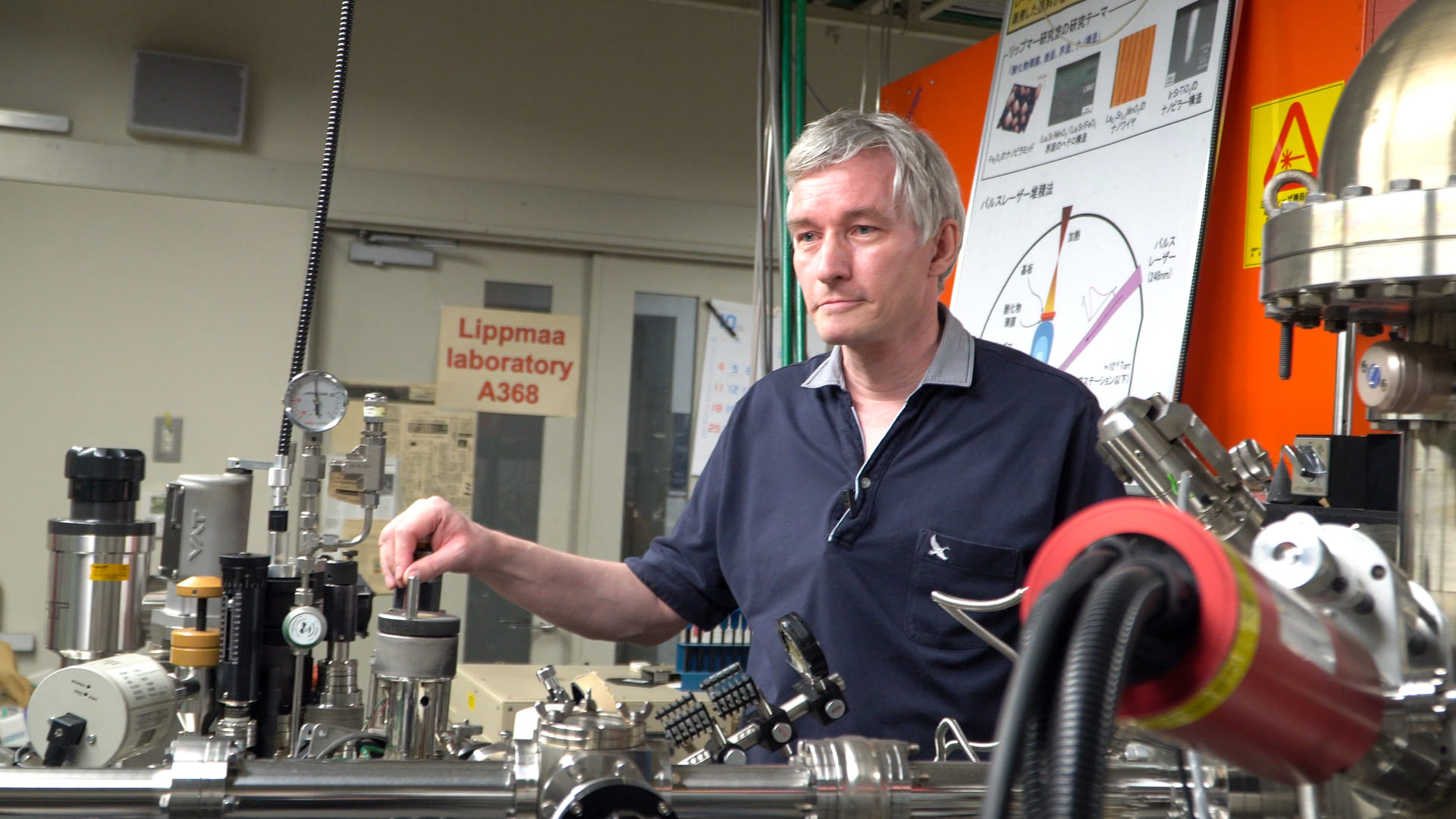INTRODUCTION OF LABORATORY
Thin films, nanostructures, and thin interface layers in epitaxial heterostructures offer interesting ways of controlling the electronic phases that appear in oxide materials. The presence of multiple different phases that can be stabilized in oxides by small changes in carrier density, slight lattice distortions or by various external applied fields has brought about the possibility of developing useful new functional electronic devices for sensing and data storage. The purpose of our work is to study the phase transition mechanisms in various oxide materials in restricted geometries. In most cases, we use transport measurements to probe for the presence of metal-insulator transitions under various forms of external excitations, such as electrostatic carrier accumulation in field-effect and ferroelectric devices or by applying controlled levels of strain on thin film materials. Some of the examples that we are currently working on are the strain-driven metal-insulator transition in vanadates, generation of two-dimensional high-mobility quantum wells in titanates, and the stabilization of ferromagnetic order in ultrathin manganites. Our latest interest is in photocatalytic oxide materials for collecting sunlight and using the energy of the Sun to generate clean fuels, like hydrogen.
SrTiO3基板上のLa0.6Sr0.4MnO3ナノリングの摩擦力顕微鏡(FFM)像。
SrTiO3表面におけるHeイオン後方散乱強度の方位依存















